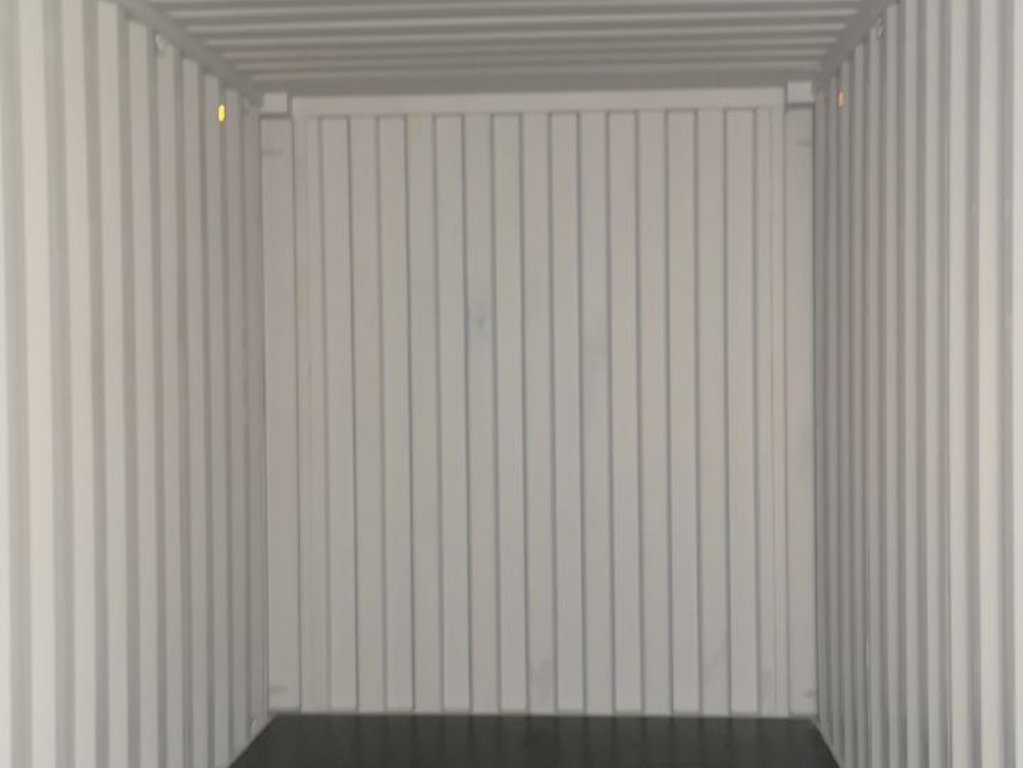How to Combat Common Moisture Issues in Shipping Container Homes

Shipping container homes are gaining popularity for their sustainability, affordability, and unique aesthetic. However, one significant challenge that many owners encounter is managing moisture issues. Moisture can lead to various problems, including rust, mold growth, and structural damage, which can undermine the benefits of living in a container home. Addressing these issues effectively requires a proactive approach. Here’s a comprehensive guide on how to combat common moisture issues in shipping container homes.
1. Proper Insulation
One of the most effective ways to prevent moisture problems is to ensure that your container home is well-insulated. Insulation helps regulate indoor temperatures and reduces the risk of condensation forming on the interior surfaces. Here are a few insulation options:
- Spray Foam Insulation: This is a popular choice for container homes due to its high R-value and ability to seal gaps and cracks. Spray foam insulation creates a barrier that helps prevent moisture infiltration and condensation.
- Rigid Foam Boards: These boards can be installed on the interior walls of the container. They are effective at reducing thermal bridging and minimizing condensation.
- Reflective Foil Insulation: This type of insulation reflects heat away from the container’s surface, which can be particularly useful in hot climates.
2. Adequate Ventilation
Proper ventilation is crucial in preventing moisture build-up and ensuring good indoor air quality. Without adequate airflow, humidity levels can rise, leading to condensation and mold growth. Consider the following ventilation solutions:
- Passive Ventilation: Install vents on opposite sides of the container to allow for natural airflow. This helps to reduce humidity levels and keep the interior dry.
- Mechanical Ventilation: Use exhaust fans and air exchange systems to enhance airflow, especially in areas prone to high humidity, such as kitchens and bathrooms.
- Dehumidifiers: In particularly humid climates or during rainy seasons, using a dehumidifier can help maintain optimal humidity levels and prevent moisture accumulation.
3. Waterproofing Measures
Waterproofing is essential to protect your container home from water ingress. Here are some effective waterproofing techniques:
- Sealant Application: Apply a high-quality sealant to all joints and seams of the container. This includes the corners, around windows and doors, and any other potential entry points for water.
- Exterior Coating: Use a waterproof coating on the exterior of the container. This can provide an additional layer of protection against rain and moisture.
- Rain Gutters and Downspouts: Install gutters and downspouts to channel rainwater away from the container. Proper drainage helps prevent water from pooling around the base of the container.
4. Moisture-Resistant Materials
When constructing or renovating your container home, use materials that are resistant to moisture. For example:
- Moisture-Resistant Drywall: Use moisture-resistant drywall in areas prone to high humidity to reduce the risk of mold growth.
- Corrosion-Resistant Fixtures: Choose fixtures and fittings made from corrosion-resistant materials to prevent rust and deterioration.
- Waterproof Flooring: Opt for waterproof or water-resistant flooring materials, such as vinyl or tile, to prevent damage from spills and high humidity.
5. Addressing Condensation
Condensation occurs when warm, moist air comes into contact with cooler surfaces, leading to water droplets forming. To mitigate condensation:
- Use Vapor Barriers: Install vapor barriers on walls and floors to prevent moisture from migrating into the container’s interior.
- Maintain Indoor Temperature: Keeping a consistent indoor temperature helps reduce the temperature differential that leads to condensation.
- Regular Maintenance: Regularly inspect your container for signs of condensation and address any issues promptly.
6. Regular Inspections and Maintenance
Regular inspections and maintenance are key to preventing and addressing moisture issues:
- Check for Leaks: Regularly inspect the container for any signs of leaks or water ingress, especially after heavy rainfall.
- Monitor Humidity Levels: Use a hygrometer to monitor indoor humidity levels and ensure they remain within a healthy range (typically between 30% and 50%).
- Clean and Maintain: Keep your container home clean and well-maintained to prevent mold growth and other moisture-related issues.
Conclusion
Combating moisture issues in shipping container homes requires a multifaceted approach that includes proper insulation, adequate ventilation, waterproofing, the use of moisture-resistant materials, and regular maintenance. By implementing these strategies, you can enjoy the benefits of your container home while minimizing the risks associated with moisture. Remember, proactive measures and routine checks are essential for maintaining a dry and comfortable living environment.

